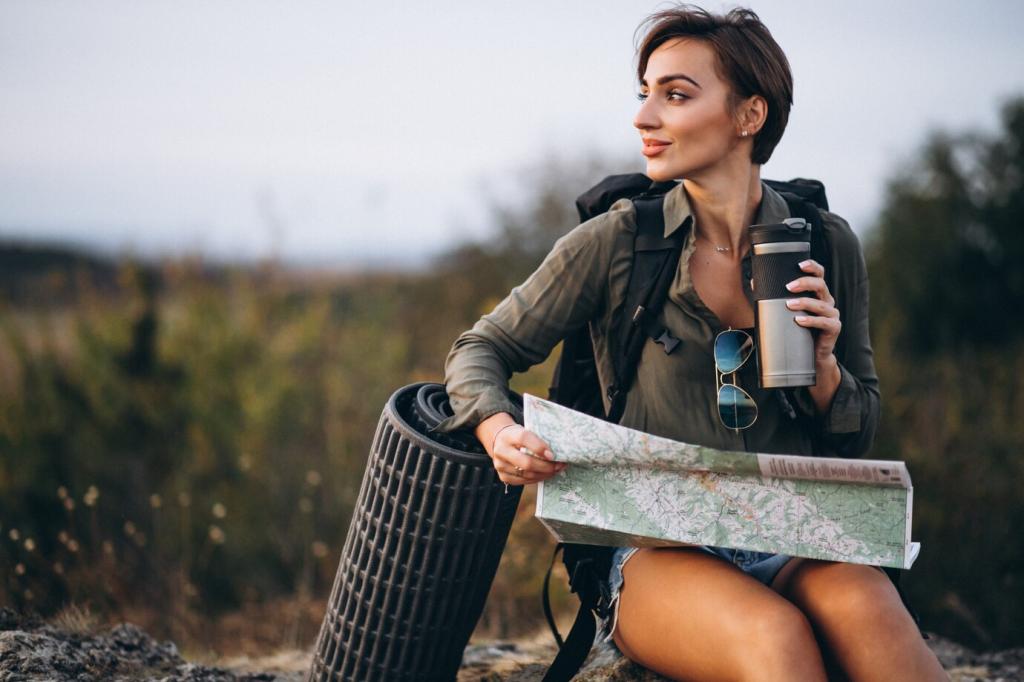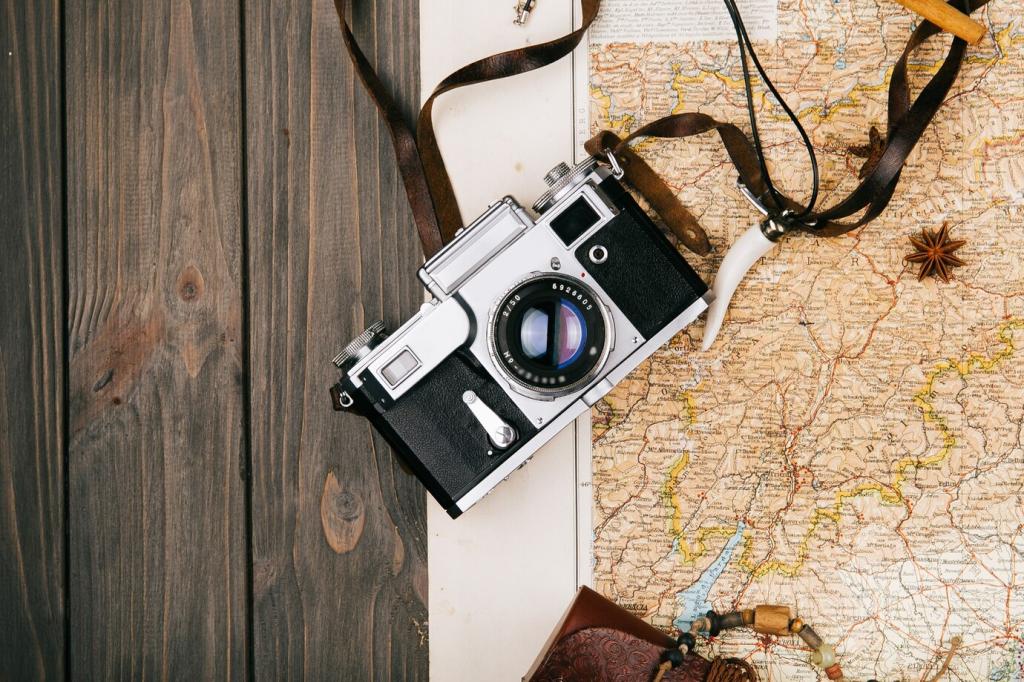Must-Have Mountain Hiking Gear for Every Season
Today’s chosen theme: Must-Have Mountain Hiking Gear for Every Season. From sun-baked ridgelines to snow-dusted summits, discover the essential kit that keeps you comfortable, safe, and spirited. Join in—share your must-haves and subscribe for trail-tested insights.
Base Layers That Breathe and Manage Moisture
Choose merino or high-quality synthetics to wick sweat efficiently, resist odor, and prevent chills when the wind picks up. In summer, lighter weaves shine; in winter, thicker grams-per-square-meter keep heat close.
Mid-Layer Insulation With Purpose
Carry a fleece for breathability on active climbs and a packable synthetic puffy for damp conditions. Down excels in dry cold, but synthetic keeps warming even when fog or sleet sneaks in.
Shells for Wind, Rain, and Everything Between
A reliable waterproof-breathable jacket with pit zips manages storm bursts and sweaty ascents. In shoulder seasons, pair a wind shirt with a light rain shell to balance airflow and protection.
Footwear and Traction Essentials
Summer calls for breathable, supportive hikers; winter benefits from insulated, waterproof models with grippy outsoles. Always prioritize fit, ankle stability, and break-in time to prevent painful hot spots.
Footwear and Traction Essentials
Merino socks regulate temperature and fight odor across seasons. Add thin liner socks on long days to reduce friction. Keep tape, balm, and a needle in your kit to treat trouble early.
Footwear and Traction Essentials
Spring ice and early winter crust often demand microspikes for confidence. Steep, icy slopes may require crampons. Gaiters keep snow, scree, and summer grit from sabotaging comfort and traction.
Navigation, Lighting, and Communication
Carry a topographic map in a waterproof sleeve, a calibrated compass, and a GPS app with offline maps. Practice triangulation and bearings before you need them in cloud or whiteout.



Hydration, Nutrition, and Cooking Systems
Filters are fast for flowing streams, while chemical drops handle silty or freezing conditions. In winter, melt snow with a stove and insulate bottles upside down to prevent lid freeze.
Hydration, Nutrition, and Cooking Systems
Canister stoves struggle in deep cold. Inverted canister setups or liquid-fuel stoves shine when temperatures plunge. Always test boil times at home and pack wind protection for efficient cooking.
Shelter, Safety, and First Aid Essentials
Emergency Shelter That Lives in Your Pack
A lightweight bivy sack or heat-reflective tarp weighs little yet offers decisive protection in a storm. Add a foam sit pad to preserve warmth when the ground steals heat.
First Aid Kit You Actually Know How to Use
Stock blister care, elastic wrap, steri-strips, gauze, tape, pain relief, antihistamines, and a small splint. Take a wilderness first aid class so knowledge weighs nothing but saves hours.
Weather Awareness and Turnaround Discipline
Check multiple forecasts and read the sky. Establish a hard turnaround time. Turning back is not failure; it’s experience respecting risk. Share your rule in the comments to inspire others.
Packs, Organization, and Weight Management
Pack Volume by Season and Objective
Summer day hikes thrive with 20–28 liters, while winter layers, thermos, and traction push needs toward 30–40 liters. Choose frames and hip belts that match your typical load.
Quick-Access Pockets for Critical Items
Keep map, snacks, gloves, hat, and headlamp accessible without unpacking. Stash microspikes where you can reach them fast. Label small pouches to speed transitions when conditions shift abruptly.
Balancing Ultralight and Durability
Ultralight fabrics save energy over long days, yet rocky scrambles punish delicate gear. Mix robust outer layers with lighter internals. Tell us where you draw the line for your terrain.
Trail Stories and Lessons Learned
A Surprise Squall and the Shell That Saved the Day
Clouds closed in over a sunny ridge, dropping temperatures twenty degrees in minutes. A well-vented hardshell and spare gloves turned a potential epic into a confident, controlled descent.


Heatwave Miles and Hydration Wisdom
A blazing July traverse threatened cramps and lethargy. Extra electrolytes, shaded breaks, and a wide-brim hat kept pace steady. Share your heatproof snack ideas—we’re compiling a community list.
